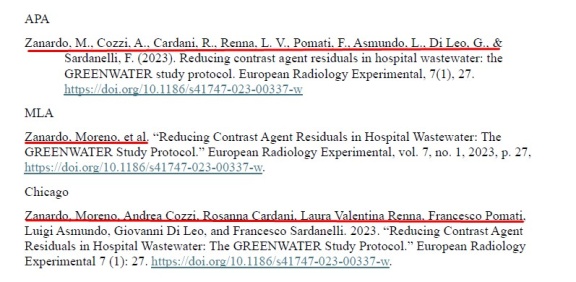When to Cite
Quoting: When using the exact words from a source, place them in quotation marks and provide a citation.
Paraphrasing: When rephrasing ideas or information from a source in your own words, still provide a citation.
Summarizing: If you condense or summarize information from a source, acknowledge the original source with a citation.
Data and Statistics: When including specific data, statistics, or research findings, cite the source to give credit.
Ideas or Theories: If you are discussing ideas, concepts, or theories that originated from someone else's work, provide a citation.
Images, Graphs, and Charts: Any visual or audio representation taken from a source should be properly cited.
References to Previous Studies: When referring to previous studies or research, include citations to acknowledge the existing literature.
Why Citation Matters
Avoiding Plagiarism: Citations are crucial for giving credit to the original authors and avoiding plagiarism, which is presenting someone else's work as your own.
Building Credibility: Citations strengthen your arguments by demonstrating that your ideas are supported by reputable sources, thereby enhancing the credibility of your work.
Acknowledging Prior Research: Citations recognize the contributions of previous researchers, placing your work within the context of existing knowledge.
Providing Evidence: Citations serve as evidence to support your claims, making your arguments more persuasive and robust.
Allowing Verification: Citations enable readers to trace your sources to verify the information, ensuring the reliability of your work.
Promoting Further Exploration: Citations allow readers to explore further by referring to the sources you used, fostering a deeper understanding of the subject.
Respecting Intellectual Property: Citing sources demonstrates respect for the intellectual property of others, acknowledging the time and effort invested in research and writing.
Citation Format
Citations will vary slightly depending on the citation format or style.
Common citation styles for scholarly articles include (but are not limited to):
APA: Developed by the American Psychological Association.
MLA: Modern Language Association.
Chicago: Developed by the University of Chicago.
You do not need to memorize the format for each citation style; instead, focus on understanding the important elements in each citation.
Important Elements In a Citation
Here are some examples of different citation styles for the same article. Regardless of the style, citations always start with the name of the author, except when the author is unknown; in that case, they start with the title. There are also variations in each format. For example, in APA style, there is indentation in the second line, which is not required for MLA and Chicago styles. Additionally, in MLA format, not all authors are listed in the citation, among other differences.
Using APA and MLA citation styles for the same articles as example, there are elements are important:
The name of the journal: where the article is published, in this case it is “European Radiology Experimental.”
The name of the article: “Reducing Contrast Agent Residuals in Hospital Wastewater: The GREENWATER Study Protocol.”
Do not confuse the name of the article with the name of the journal.
Year: The year refers to the publication year of the source being referenced. This indicates when the source was made available to the public. In our example, the publication year is 2023.
Volume Number: Typically refers to the number of years the journal has been in publication. For example, if a journal has been publishing since 2000, it would currently have 24 volumes.
Issue: Refers to how many times the periodical has been published during that year. Some journals are published twice a year, resulting in 2 issues per year. Journals published three times a year have 3 issues annually. In APA citation, the issue number is placed in parentheses; in this case, the issue number is 1.
If you want to learn more about volume and issue numbers, please watch this video.
Page Number: The page number indicates the specific page or range of pages in a source where the referenced information can be found. In our example, the page number is 27. Page numbers are often listed as a range, such as 372-389. The format for including page numbers in a citation depends on the citation style being used.
Citation Help
In stead of writing the citation by hand, you can get some help from UNB WORLDCAT. As shown in the following screen, you can choose the citation style or format you need once you click on the “cite button highlight in the screen.
This function does the most heave lifting for you, but it’s not perfect. You need to double check the details.
There are also free software available to help you with citation. At UNB, librarians can help you with Mendeley Reference Manager and Zotero.





